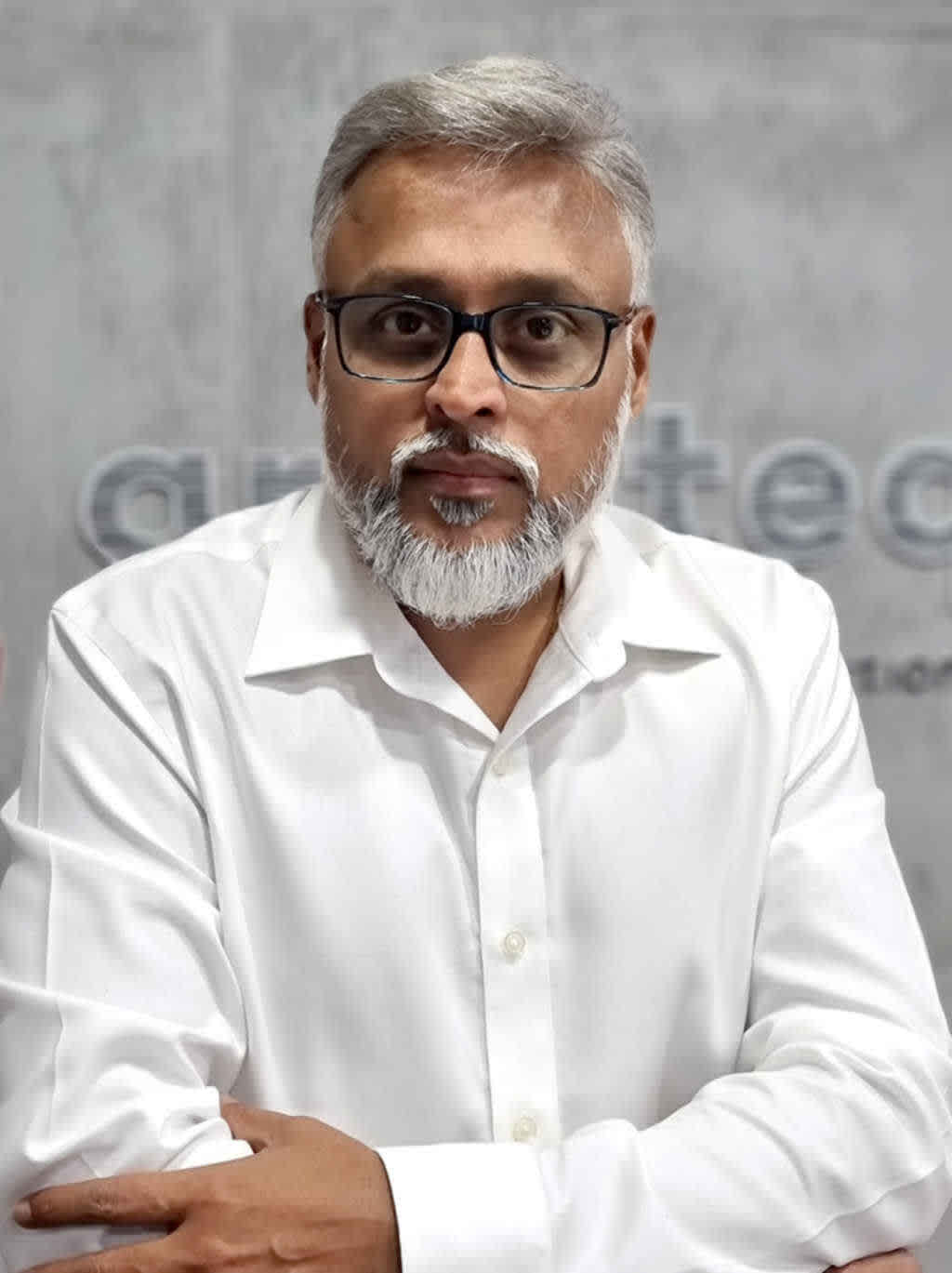Is the way integrators stay profitable changing? Reece Webb explores the drive towards AV as a service and its impacts on business.
The AV industry has been experiencing profound change, not just in the way that clients work or the technology that is installed in projects around the world, but in the way that work is delivered long term.
Integrators face new challenges, and adapting to market realities is pushing integrators to consider something new: Managed services. AV as a service is a concept that has floated around the industry for a long time, but is now the time that integrators take advantage of this business model to generate profitability as well as revenue?
Girish Narayanan, managing director, Granteq, explains: “For the past five years, the margin on hardware has been shrinking dramatically. The software based AV solutions have played a significant role in accelerating the drive towards managed services.
“Managed services have been happening in some circles, and I have had open conversations with international integrators from Europe and the US, but not everybody has had success with this model, and I don’t think it has taken its full shape yet. From a panel I took part in with 150 integrators, less than 5% have had success with this model as opposed to the traditional model. Speaking specifically about the Middle East region, the traditional integrator model is still relevant, but for us, in standard meeting rooms which are in the multiplications of 20-30 rooms, that is where this model becomes interesting.”
Faye Bennet, managing director, Faye Bennett Consultancy Services, explains: “We explore this more on the operation and support and maintenance side. The attractive aspect is the flexibility of services so that customers can change their scope as they experience business changes. When projects enter a new in-life phase, you can assess whether the services mapped at project conception are working in the operational phase - do you really need that four hour SLA or across the estate? It’s giving that flexibility to change and manage these services flexibly in a scalable way depending on the user’s often changing needs. A lot of end users that we work with have the same scope in place for years and find that it isn’t serving their business and creating value for them anymore. Monthly payments and an OPEX cost is allowing them to look at that more regularly. We say to our customers that, just because it’s in your OPEX budget every year, it doesn’t mean it’s money well spent.
 "This trend will be more viable in the future from a sustainability point of view" - Loek Wermenbol, First Impression
"This trend will be more viable in the future from a sustainability point of view" - Loek Wermenbol, First Impression
“AV as a service gives a lot of flexibility on the tech, but also on the services. There are benefits there, and I think that a big benefit is having the service not as an afterthought but wrapped into this holistic solution, and designed at project conception along with technology and systems. With the right consultancy support, they’ll have a holistic tech and support model all wrapped up into a simpler billing model.”
Loek Wermenbol, retail strategy director, First Impression, adds: “From our perspective, there is a bust in the market and that is something that we have to adapt to, but it can be complicated to adopt managed services. There are many components involved from a service level point of view, so you are seeing a diversification of the services that will be managed and won’t be managed in the future. There will be projects done this way, but there will also be projects that find another way of financing than we use today.
“This trend will be more viable in the future from a sustainability point of view. The way that business is currently being done with five year contracts and a complete change of equipment following the expiry of warranty periods is nice from an integrator perspective as they can sell new hardware, but there is more to it. There is the green side of it where we ask ‘are these products out of date?’ So there can be propositions around that topic where managed services including hardware can be more viable than a new rollout project.
This will be a prominent topic for integrators operating in Europe, especially with businesses like retailers that need to report on numbers [around sustainability], so if you are fully stripping out a project and reducing project refresh times, it has a negative impact on those numbers. It makes sense from a profitability standpoint, but it’s short-termism, and we have to look at things differently.”
Expand with caution
While many of us will be familiar with subscription based models and ‘as-a-service’ offerings in other areas of our lives, the impact of AV as a service on the industry is still up for debate, but this is certainly not an area of the market that is remaining static.
From Wermenbol’s perspective, it is important to find the most attractive option that suits the client, but to proceed with caution as even the best laid plans can go awry with painful consequences. “If we’re talking about managed services, we’re transferring from CapEx to OpEx”, explains Wermenbol. “If you put in managed services, you have to consider mark ups to cover the risks on many levels and these risks need to be calculated.
 "A big benefit is having the service not as an afterthought but wrapped into this holistic solution" - Faye Bennett, Faye Bennett Consultancy Services
"A big benefit is having the service not as an afterthought but wrapped into this holistic solution" - Faye Bennett, Faye Bennett Consultancy Services
“It’s important to do the right credit checks with companies and the contract has to be solid. There are different regulations in different countries, but it is also a risk factor. If you work with a company through a traditional business model, and that company goes bankrupt two years later, you still have your hardware investment covered.
If that company goes bankrupt and you have a managed services deal, then you have a serious problem because you have the hardware tailored to that specific solution, but what are you going to do with it? You can refurbish it and integrate it into another solution, but it’s not always that easy, especially on complex projects. This can be a big loss, which are sizeable for big integrator companies where losses can go into the millions. That is the point where integrators could hold back.”
This sticking point could prove to be a sizeable challenge for integrators that may want to explore or expand on this business model, requiring a thorough understanding and risk assessment of the potential financial risks vs rewards that are involved.
 "For integrators to stay relevant, they need to go beyond hardware sales" - Girish Narayanan
"For integrators to stay relevant, they need to go beyond hardware sales" - Girish Narayanan
Narayanan continues: “It’s evolving, and many integrators have not fully transitioned into the managed services model yet, because the financial aspect has not yet been worked out by companies. You need to have the mechanism of a financial institution that is backing you up on this. As an AV company we are good at technology, but we are not good at collecting [money]. Financial institutions have the power and the instruments that enable them to collect on a monthly or quarterly basis, because they are not tied to the technology aspect.
“What integrators cannot do is provide the technology and have a default of the payment, as you have no mechanism or tool to enforce the payments. If for example you have not renewed your car payments for example, there is a mechanism for institutions to take control of the asset or to reclaim the money. An AV integrator has no mechanism to enforce that, so this financial backing is the most important thing that will make life easier.
“We have worked out options for our customers in the region that we operate, which is similarto a lease option. This can extend up to four years with an optional fifth year, where the client chooses to keep the system with a small fee of 3-5%, or they can refurbish everything. Most of our clients love that they can use new technology and update their systems at the end of the lease period.”
Main photo credit: Pawel Michalowski/Shutterstock.com